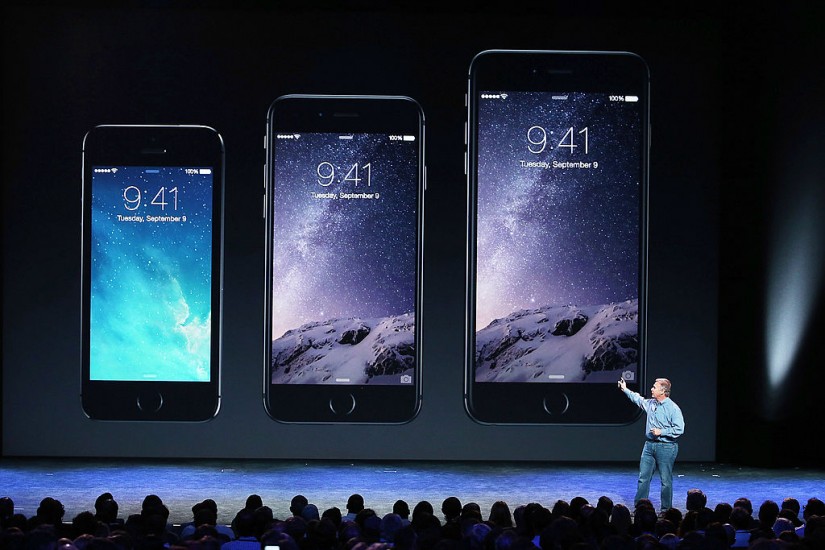Next time you drag a document across your desktop and put it in a folder, spare a thought for acid. Organising your files might not seem like a psychedelic experience now, but in 1968, when Douglas Engelbart first demonstrated a futuristic world of windows, hypertext links and video conferencing to a rapt audience in San Francisco, they must have thought they were tripping. Especially because he was summoning this dark magic onto a big screen using a strange rounded controller on the end of a wire, which he called his “mouse”.
Like many California tech visionaries of the time, Engelbart was an enthusiastic advocate for the mind-expanding benefits of LSD. As head of the Augmented Human Intellect Research Center at the Stanford Research Institute, he and his team would drop acid under test conditions in the hope of inspiring new breakthroughs.
His own technological epiphanies while tripping seem to have been limited: in one session, after staring at a blank wall in fascination for hours, he came up with the “tinkle toy”, a potty-training aid in the form of a miniature water wheel that would spin and tinkle when peed on. But he remained convinced that the drug opened doors to alternative realities, including one where people could control computers through screens.
In a grainy black and white film of his 1968 conference demonstration – since known in the tech hall of fame as “The Mother of All Demos” – Engelbart calmly introduces the embryonic forms of what would become word processing, email, Skype and Google Docs, all shown on a screen with scalable windows controlled by a mouse. For computer scientist Alan Kay, who would go on to develop these ideas at the Xerox PARC research institute, it changed everything. “The demo was one of the greatest experiences of my life,” he later said. “To me, it was Moses opening the Red Sea. It reset the whole conception of what was reasonable to think about in personal computing.”
Engelbart’s video will be on display in the London Design Museum’s forthcoming exhibition, California: Designing Freedom, a show that aims to shine a kaleidoscopic spotlight on the cross fertilisation of counterculture and tech culture on America’s “left coast” over the last 50 years.
